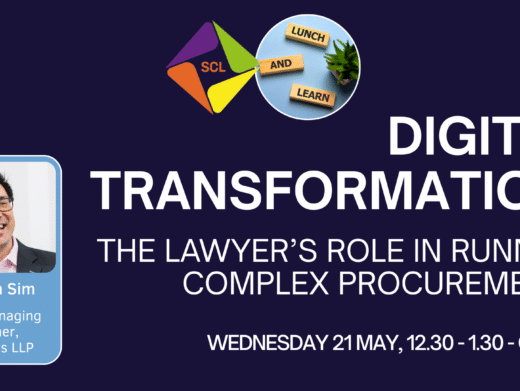According to Advocate General Wathelet, the posting of a hyperlink to a website which published photos without authorisation does not in itself constitute a copyright infringement. The motivation of the person who placed the hyperlink and the fact that this person knew or should have known that the initial communication of the photos on other sites was not authorised are not relevant
Facts
Sanoma, the editor of the monthly magazine Playboy, commissioned a photoshoot of Britt Dekker, who regularly appears on television programmes in the Netherlands. GS Media, operator of the Internet site GeenStijl, published advertisements and a hyperlink directing viewers to an Australian website where the photos in question were made available without the consent of Sanoma. Despite demands from Sanoma, GS Media refused to remove the hyperlink in question. When the Australian website removed the photos upon Sanoma’s request, GeenStijl published a new advertisement which contained a hyperlink to another website on which the photos in question could be seen. That site also complied with Sanoma’s request to remove the photos. Internet users who frequent the GeenStijl forum posted new links to other websites where the photos could be viewed.
According to Sanoma, GS Media infringed copyright. Under the Copyright Directive (Directive 2001/29/EC of 22 May 2001), each act of communication of a work to the public has to be authorised by the copyright holder.
The Hoge Raad der Nederlanden (Supreme Court of the Netherlands) has sought a preliminary ruling by the CJEU. The Hoge Raad notes in particular that, whilst the photos were possible to find before GS Media placed the hyperlink, this was not necessarily easy, with the result that the placement of the hyperlink made it easier to locate them.
Opinion
Advocate General Melchior Wathelet stresses, first of all, that the request for a preliminary ruling only concerns the hyperlinks on GeenStijl’s website. Copyright infringements arising from the photos being made available on other internet sites are not at issue.
The Advocate General acknowledges that hyperlinks placed on a website greatly facilitate the discovery of other websites, and protected works available on those sites, and as a result offer users of the first website faster and more direct access to those works. However, hyperlinks which lead, even directly, to protected works are not ‘making them available’ to the public when they are already freely accessible on another website, and only serve to facilitate their discovery. The actual act of ‘making available’ is the action of the person who effected the initial communication.
Consequently, hyperlinks which are placed on a website and which link to protected works that are freely accessible on another site cannot be classified as an ‘act of communication’ within the meaning of the Directive. In fact, the intervention of the owner of the site which places the hyperlink, in this case GS Media, is not indispensable to the photos in question being made available to Internet users, including those who visit GeenStijl’s website.
In this context, GS Media’s motivation and the fact that it knew or should have known that the initial communication of the photos on other websites had not been authorised by Sanoma or that the photos had not previously been made available to the public with Sanoma’s consent are not relevant.
However, the Advocate General explains that his Opinion is based on the premise that the photos were ‘freely accessible’ to all Internet users on third-party sites. The factual question of whether the intervention of GS Media was indispensable to making the photos available to visitors of GeenStijl’s site is a matter for the Hoge Raad.
For the Advocate General, any other interpretation of the notion of ‘communication to the public’ would considerably impede the functioning of the internet and would infringe one of the principal objectives of the Directive, namely the development of the information society in Europe.
Although the circumstances at issue are particularly flagrant, the Advocate General considers that, as a general rule, Internet users lack the knowledge and the means to verify whether the initial communication to the public of a protected work freely available on the Internet was done with or without the consent of the holder of the copyright. If Internet users risk liability for copyright infringement every time they place a hyperlink to works which are freely accessible on another Internet site, they would be much more hesitant to post those links, to the detriment of the proper functioning and very architecture of the Internet as well as the development of the information society.
The full Opinion can be found here.




